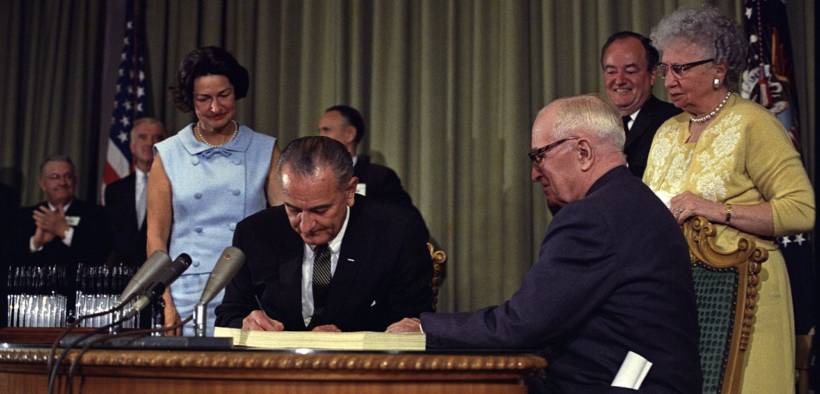The Peculiar History of US Healthcare

Would you be surprised to learn that the universal healthcare systems in Germany and Japan were designed by the US? It’s true. Here is how it happened there and why it didn’t happen here.
Following World War Two, the US implemented the Marshall Plan in order to support the rebuilding of Western Europe. Americans contributed the current dollar equivalent of $1.0 trillion in order to rebuild the region’s cities, infrastructure, and agricultural production.
Guided by a stated mission of creating “peace, democracy, and economic stability,” the US military supported the creation of a national health plan as part of rebuilding West Germany. According to the Rand Corporation, healthcare was included based on the view that “nation-building efforts cannot be successful unless adequate attention is paid to the population’s health. The health status of those living in the country has a direct impact on the nation’s constitution and development.” A similar approach was taken to the reconstruction of Japan.
Today, both countries have successful universal healthcare systems, provide healthcare to 100% of their citizens for 60% of what we pay, and achieve better outcomes.
Despite their success abroad, efforts to create a universal system in the US have been relentlessly resisted by the US healthcare industry. Here is a quick summary of this history:
As the US designed Germany and Japan’s healthcare systems, Truman introduced a healthcare plan in the US, arguing similarly that healthcare was like education and “should be recognized as a definite public responsibility.” The American Medical Association (AMA) quickly attacked the plan as “socialized medicine” and the proposal was defeated.
Although Eisenhower supported free-market healthcare, a bill surfaced during his administration to add healthcare benefits to Social Security. The AMA attacked the bill and it was withdrawn.
During the Kennedy administration, and with Kennedy’s support, two congressmen proposed covering hospital and nursing home care for seniors. This time, the American Hospital Association and American Nursing Home Association joined the AMA in opposition. They funded a nationwide letter-writing campaign with Ronald Reagan as spokesperson. The choice facing Americans was characterized as an apocalyptic one—between “socialized medicine” and freedom itself. Despite Kennedy’s efforts, the bill was defeated.
Following Kennedy’s death, Johnson sought to capitalize on the former president’s legacy by proposing Medicare as the third component of his Great Society. Aided by his popular victory in 1964, he overcome AMA objections and signed Medicare into law in 1965. (While many Americans continue to oppose single-payer healthcare, polls routinely show very high levels of satisfaction with Medicare, a single-payer system for those 65 and older.)
By 1972, healthcare costs in the US were already the highest per capita in the world and were becoming unaffordable for many. In a statement starkly relevant today, Nixon said, “The richest country in the world cannot tolerate the fact that we have the highest per capita health care costs in the world and yet 38 million of our people are unable to get adequate medical care because they cannot afford it.” Nixon launched several cost-containment initiatives, including the creation of HMOs, but his efforts were cut short by Watergate.
The next significant initiative was undertaken by Clinton. Again, his proposals met intense opposition from the industry, this time including the pharmaceutical and insurance industries. Readers may recall the “Harry and Louise” ad campaign that invoked the fear in consumers that they would lose control of their healthcare. The Clinton proposal went nowhere.
The struggle to pass the Affordable Care Act (ACA) during the Obama administration is recent and familiar history. While Obama recognized that successful universal healthcare systems control cost in order to expand accessibility, the industry’s opposition to price concessions was intense. As a compromise, the administration settled on a hybrid free-market system with limited cost concessions. Pre-existing conditions were covered, and accessibility was expanded through Medicare. The industry calculated that the resultant increase in customers would offset the cost of their concessions and went along.
Under relentless pressure from the Trump administration, little is left of the ACA. The individual mandate has been repealed, as have several of the taxes that were passed to support it. Despite Trump’s rhetoric, the administration is also supporting the repeal of the requirement that preexisting conditions be covered.
Failure to understand history dooms us to repeat it. The history of US healthcare is one of stalemate between the best interests of the population at large and the interests of an industry. The particularly painful irony of this history is that the US participated in the design of two of the very systems that now outperform ours in every way.







